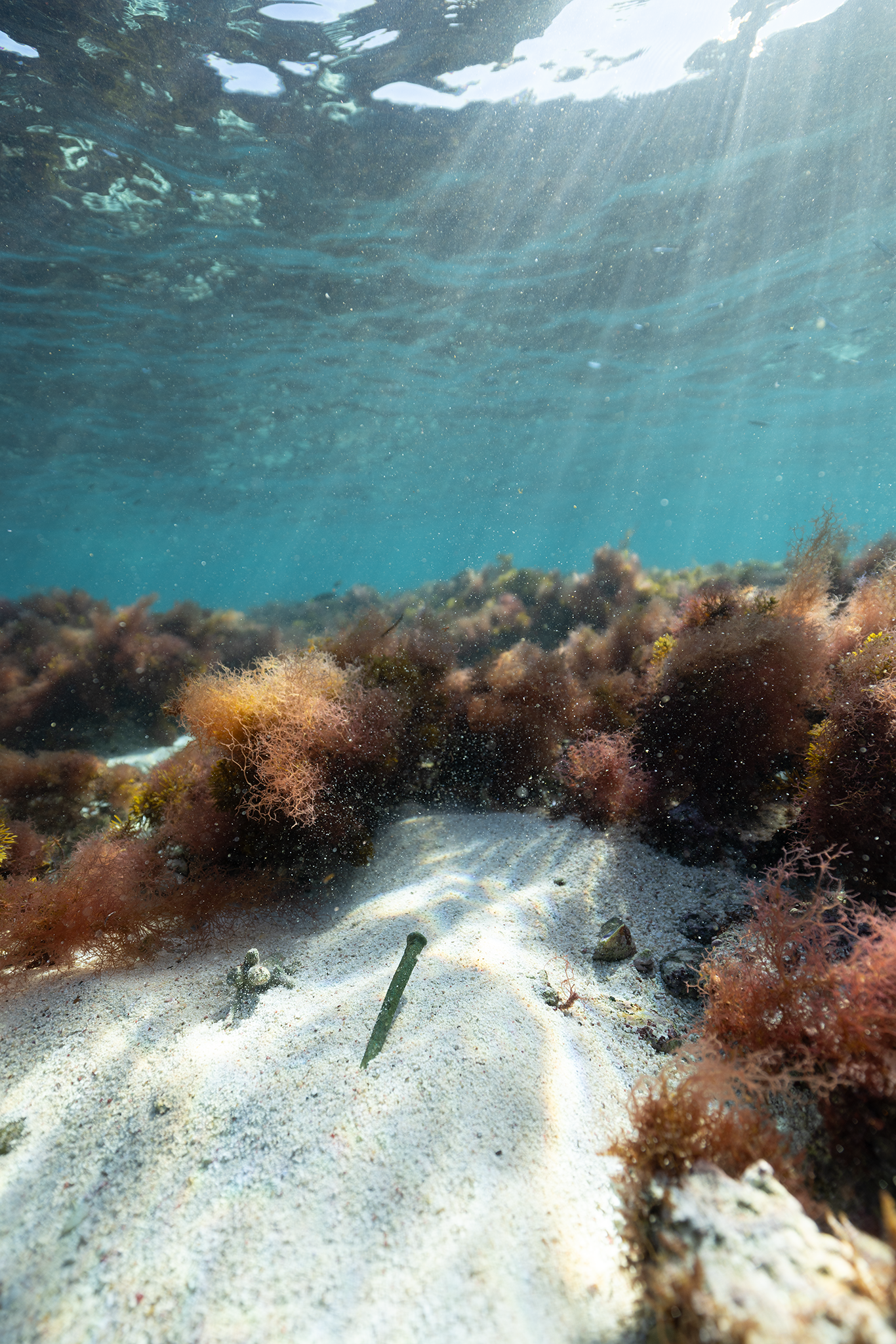Ship
Country of Origin
USA
Built
Medford
Rig
Barque
Tonnage (Gross)
347.00
Port Departed
Melbourne
Port Destination
Singapore
Wrecked
Abrolhos Islands, near Rat Island, Easter Group
Discovery
Alasdair Cooke and Laurent Basso
Protection
Commonwealth Underwater Cultural Heritage Act 2018
History
The American built barque Cochituate was built in 1848 from oak, pitch-pine and hackmatack. It had two decks and was copper fastened.
Shipwreck
Under the command of G. Harbands, Cochituate struck a reef located west of Rat Island in the Easter Group of the Houtman Abrolhos Islands—locally known as West Reef—around 3 am on 14 June 1861.
The vessel went onto the reef while tacking. Although the wind was light at the time, the ship quickly half-filled with water, and began breaking up within an hour.
Survivors
All crew members left in Cochituate’s two lifeboats and headed south along the coast. They were unaware of the settlement at Champion Bay, just east of their wrecking location.
Unfortunately, just two days later the winds picked up, causing Captain Harband’s vessel to be swamped. The crew then chose to abandon the vessel somewhere between Dongara and Jurien Bay and continue south on foot. The second lifeboat was abandoned a day later, when the weather did not ease, and that party also began walking towards Perth.
When the second mate’s group reached the Moore River, they constructed a makeshift raft from logs. Along the way, they encountered a dog, which they killed for its meat, giving an extra portion to John Barlish, a Dutchman, who went ahead to seek help. He reached Fremantle around midnight on 30 June.
A police rescue party was organised and immediately dispatched to search for the remaining survivors. Within two days, all remaining men were found 16 kilometres south of Moore River.
Initial salvage
When Cochituate was abandoned, the crew had little time to collect anything. The wreck was purchased by John Wellard, who sent a salvage party aboard the cutters Speculator and Mystery to recover materials and goods. These included a live pig, salted meat, spars, a set of sails, and other rigging equipment.
Amazingly, the pig had survived on board without food or water for nearly three months.
Protection
Cochituate, being over 75 years old, is automatically protected under the Commonwealth Underwater Cultural Heritage Act 2018.

Image courtesy of VAM Media and Terra Australis Productions
